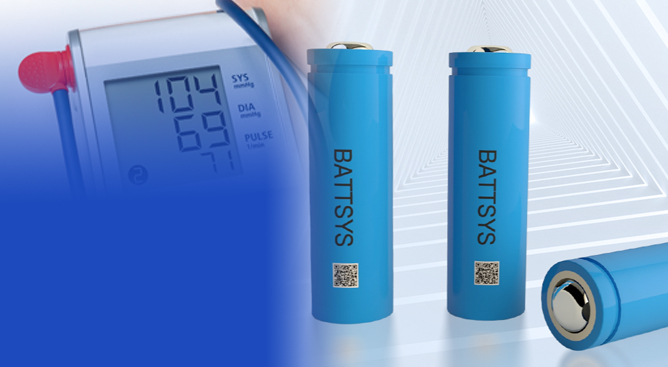How to charge 18650 battery.
The three stages of lithium battery charging are trickle current, constant current power supply, and constant current source. If the battery consumes very little power at the beginning of charging, it is necessary to start charging with a small current, that is, trickle charging; If the operating voltage of the battery is not low at the beginning of charging (such as higher than 2.9V), it does not need to go through the entire process of trickle charging.
Low current charging is aimed at better maintaining the battery and preventing damage to its internal structure caused by large current surges (when the battery comes into contact with high currents, the operating voltage is very low, and the damage it suffers is much higher than the operating voltage).
Assuming the working voltage of the battery is not low, high current charging can be carried out from the beginning, that is, choosing to allow high current charging is to better save charging time. Choosing a larger current for charging is the most time-saving and labor-saving. Therefore, in other words, choosing a constant current power supply for charging will gradually increase the working voltage of the battery as charging progresses.

If the working voltage of the fully charged battery is reached or approached (such as around 4.2V), the battery should be switched from the beginning to a constant current source for charging. As the working voltage reaches or approaches the fully charged working voltage, the basic working voltage can be maintained and the charging current can be gradually reduced. If the charging current is not converted to a small current for charging, it is likely to cause the working voltage to be too high, experience charging risks, and overcharging can also harm the battery.
Just like pouring boiling water into a thermos, it can be poured vigorously at the front, and when it is almost full, it is necessary to reduce the flow of water, so that the water is not easy to overflow when it is full. In fact, the entire process of constant current source charging is not short, and during this period, the power consumption of charging is about one-fifth of the total power consumption.
Of course, the entire charging process can be determined based on the characteristics of lithium batteries, and the charging methods are also different for nickel cadmium, nickel manganese, or nickel hydrogen batteries.
There are probably three reasons for battery explosions:
1) Due to the battery itself. Due to internal defects of the battery, the battery itself may explode without charging or discharging;
Long term overcharging of
lithium batteries. The charging and discharging electrodes of a battery under specific conditions such as temperature, environmental humidity, and poor contact, or in natural environments, may cause a large amount of current, leading to fire or explosion;
Three short circuit faults. This is less likely. In addition, placing the battery in a high-temperature or flammable area is also highly likely to cause an explosion.
